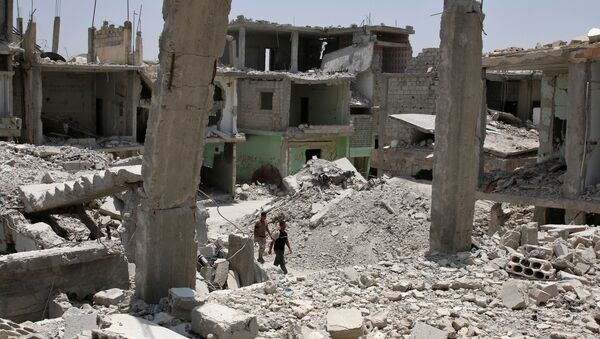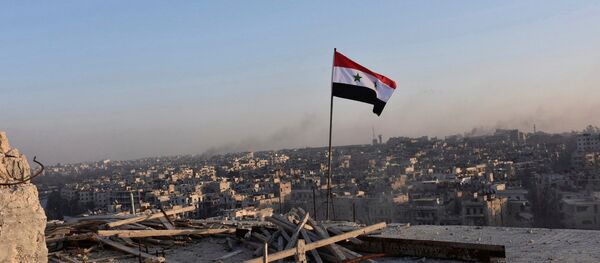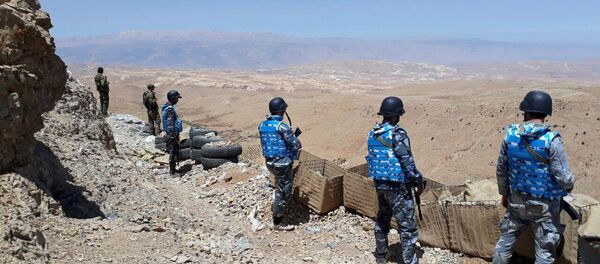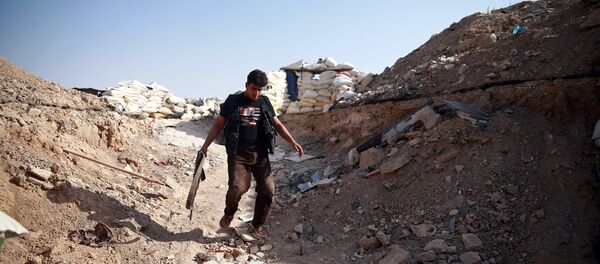"On July 31, Cairo hosted regular negotiations between representatives of the Russian Defense Ministry and moderate Syrian opposition. Agreements on the functioning of the third de-escalation zone in Syria, north of Homs, were reached at the meeting," Konashenkov said.
The spokesman added that 84 settlements with a population of more than 147,000 people were in the zone.
Konashenkov stressed that the ceasefire regime in the Homs zone, as in the other two zones, did not cover the militants of the Jabhat Fatah al Sham, formerly known as al-Nusra Front and Daesh (both terrorist groups are banned in Russia). The spokesman added that in accordance with the reached agreements, the moderate opposition took a commitment to push out from the zone all the units that have joined the above mentioned terrorist groups.
On July 24, Col. Gen. Sergei Rudskoy, the chief of the Russian General Staff's Main Operational Directorate, said that borders of de-escalation zones north of the Syrian city of Homs and in the eastern Ghouta region were agreed upon during the fifth round of international meetings in Astana in early July, while consultations on another zone in the Idlib province continued.
"According to the agreements, today, on August 3 at noon local time the units of military opposition and divisions of the Syrian government troops are fully ceasing fire from all types of weapons," Konashenkov said.
Besides, Russian military police will set up on August 4 two border checkpoints and three observation posts in Syria’s Homs de-escalation zone, Russian Defense Ministry spokesman Maj. Gen. Igor Konashenkov said on Thursday.
"Starting on August 4, the Russian military police will set up two border checkpoints … and three observation posts … in areas of line of contact of sides of the Homs de-escalation zone," Konashenkov said.
The Defense Ministry representative said that the Russian military police would be tasked with ensuring that the opposing sides stay apart, monitoring the ceasefire, ensuring humanitarian aid and transport of the injured and the sick.
Konashenkov stressed that the opposition would unblock the stretch of the highway between Homs and Hama, which lies in the de-escalation zone.
"The decisions on everyday civilian issues in the de-escalation zone will be made by local council made up of the areas' residents," the Defense Ministry spokesman said.
In May, the participants of the Astana talks on Syrian settlement agreed on establishing four safe zones in Syria as part of the de-escalation process. The first one, in the north of the country, covers the province of Idlib and neighboring districts of Latakia, Aleppo and Homs. The second is in the north of the province of Homs. The third is located in the south of Syria, in the Quneitra and Daraa provinces, while the fourth one is in the Eastern Ghouta.
Russia, Turkey, Iran as well as the Syrian government representatives and the country's opposition participate in the negotiation process in Astana. The United States, Jordan and the United Nations act as the observers.






